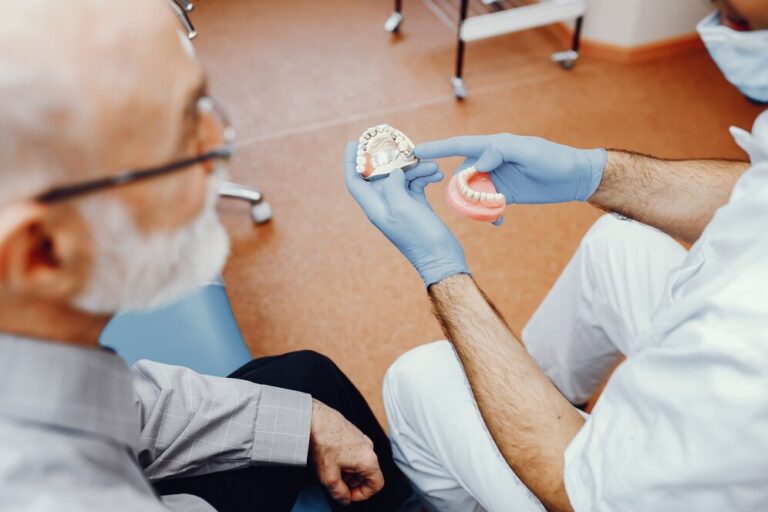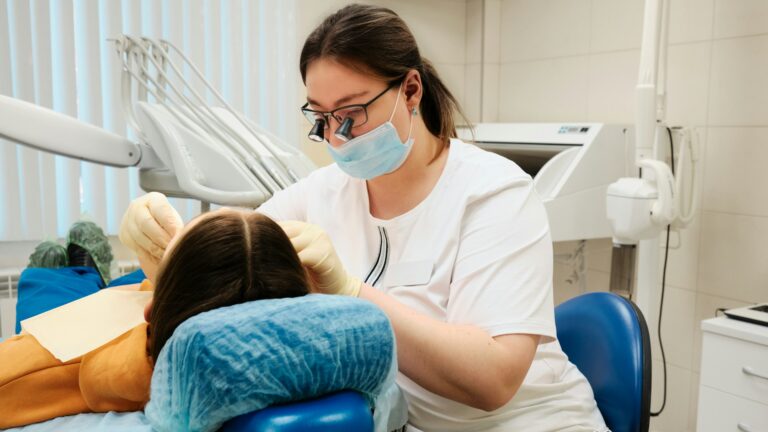Choosing the right toothbrush is essential for maintaining healthy gums. With so many options available, it can be challenging to decide which toothbrush best fits your needs. The right toothbrush helps remove plaque and bacteria effectively, preventing gum disease and other oral health issues.
One major factor in choosing a toothbrush is comfort. If your toothbrush is comfortable to use, you’re more likely to brush properly and regularly. Another important consideration is the type of bristles and the toothbrush features that suit your specific oral health needs.
Understanding the differences between toothbrushes and how to select the right one can make a significant difference in your oral hygiene routine. By focusing on crucial factors, you can ensure your gums remain healthy and strong. In this guide, we’ll break down everything you need to know to choose the perfect toothbrush for your gum care.
Understanding the Importance of Choosing the Right Toothbrush
Selecting the right toothbrush is essential for maintaining healthy gums. A good toothbrush helps in effectively removing plaque and preventing gum disease. When plaque builds up along the gum line, it can cause inflammation and lead to gingivitis or more severe gum problems. Having the right toothbrush makes it easier to clean these areas thoroughly, keeping your gums healthy and reducing the risk of dental issues.
Choosing the right toothbrush also ensures that your gums are treated gently. Hard bristles can damage gum tissue, leading to receding gums or sensitivity. Soft bristles, on the other hand, are gentle and effective in cleaning without harming the gums. By using the right toothbrush, you can maintain gum health while ensuring a comfortable and effective brushing experience.
Types of Toothbrushes for Gum Care
Manual Toothbrushes
Manual toothbrushes are the most common type of toothbrush. They are easy to use and come in various styles and bristle types. Manual toothbrushes require a proper technique to ensure effective cleaning. They are affordable and widely available, making them a popular choice for many people. When choosing a manual toothbrush, look for one with soft bristles to protect your gums while brushing.
Electric Toothbrushes
Electric toothbrushes are a great option for those looking to improve their gum care routine. These toothbrushes usually have rotating or vibrating brush heads that help remove more plaque compared to manual brushing. Electric toothbrushes can be particularly helpful for people with limited mobility or those who find it difficult to brush thoroughly. Various models come with different features, such as built-in timers to ensure you brush for the recommended two minutes.
Soft-Bristle vs. Hard-Bristle
When it comes to bristle type, soft-bristle toothbrushes are generally the best choice for gum health. Hard-bristle toothbrushes can cause abrasive wear on the gums and enamel, leading to damage over time. Soft-bristle brushes clean effectively while being gentle on the gums, reducing the risk of gum recession and sensitivity. Always opt for a soft-bristle toothbrush to ensure a balance between effective cleaning and gum protection.
Specialized Toothbrushes
Some toothbrushes are specially designed for specific gum care needs. For instance, toothbrushes with angled bristles can help reach tricky areas along the gum line. Interdental brushes, which have tiny bristles on a thin wire, are excellent for cleaning between teeth and under braces or bridges. If you have sensitive gums or specific dental needs, consider using a specialized toothbrush to address those areas more effectively.
Types of Toothbrushes for Gum Care
Choosing the right type of toothbrush can make a big difference in gum health. There are a few types to consider, each with their own benefits. Manual toothbrushes are the traditional option. They require you to brush in small circles, which can be effective when done correctly. They’re also easy to find and inexpensive.
Electric toothbrushes, on the other hand, can offer a more thorough cleaning. Their rotating or vibrating heads can remove more plaque and reduce gum inflammation. Soft-bristle brushes are generally better for gums, as hard-bristle ones can be too harsh and cause damage. Specialized toothbrushes, like those designed for sensitive gums or with angled heads, can help target hard-to-reach areas.
Important Features to Look for in a Toothbrush
When selecting a toothbrush, there are several key features to consider. The strength and material of the bristles are important. Soft bristles are gentle on gums and effective at cleaning. The handle should be comfortable to hold and easy to grip, especially for thorough brushing.
The size and shape of the brush head matter too. A smaller head can better reach the back of the mouth and tight spaces. Additional features like built-in timers or pressure sensors can guide you to brush for the right amount of time and apply the correct pressure, preventing damage to your gums.
Conclusion
Maintaining good gum health starts with choosing the right toothbrush and using it effectively. Whether you prefer a manual or electric toothbrush, choosing soft bristles and the right features can make a significant difference in your oral care routine. Regularly replacing and keeping your toothbrush clean can prolong its effectiveness and protect your gums from harmful bacteria.
Understanding these details can help you make better choices for your dental care and maintain healthy gums for life. If you have questions or need further guidance on choosing the best toothbrush for your gum health, Colorado Gum Care Broomfield, CO is here to help. Schedule a consultation with our Broomfield dentist today to ensure your gums stay healthy and strong!







